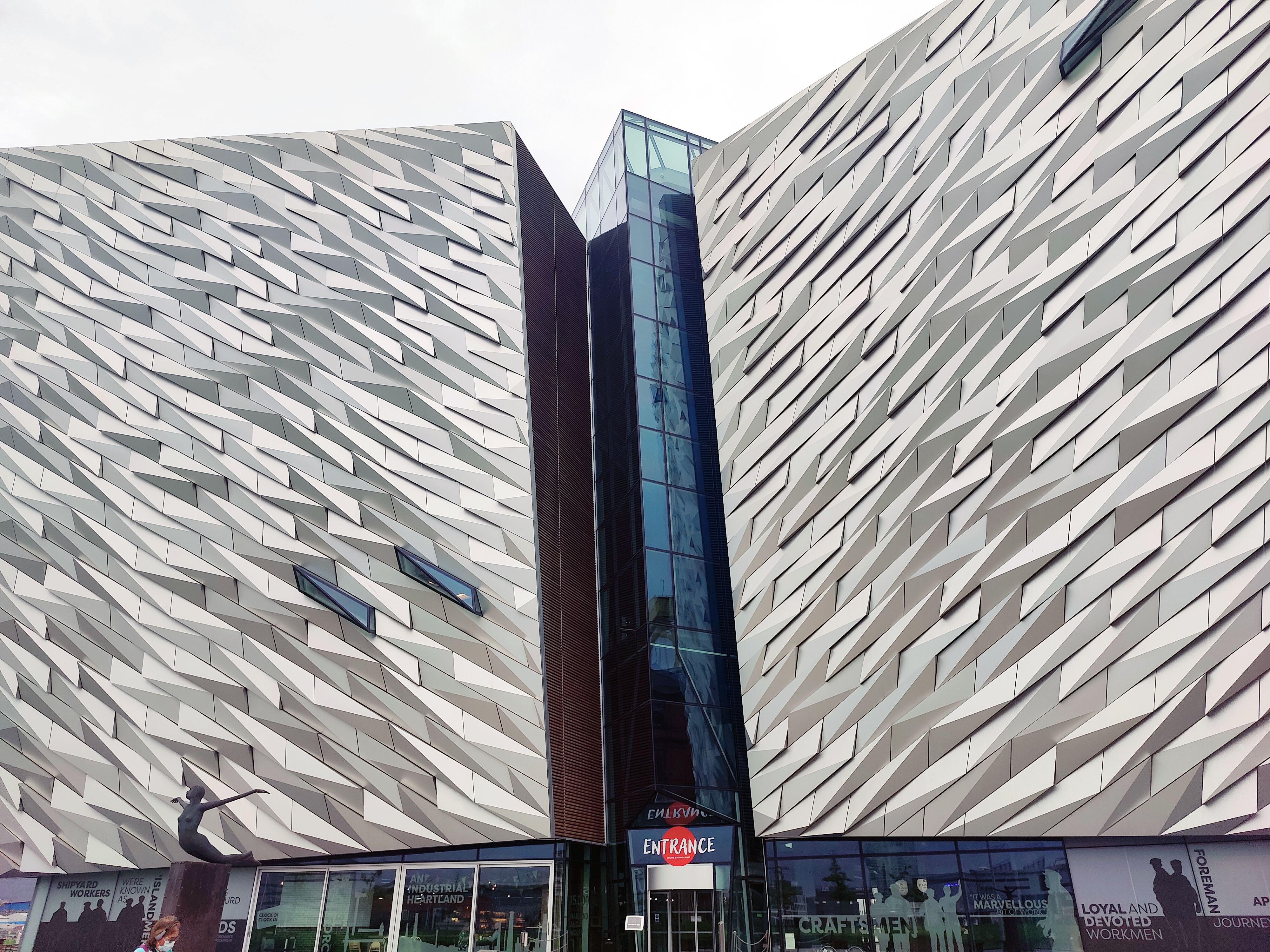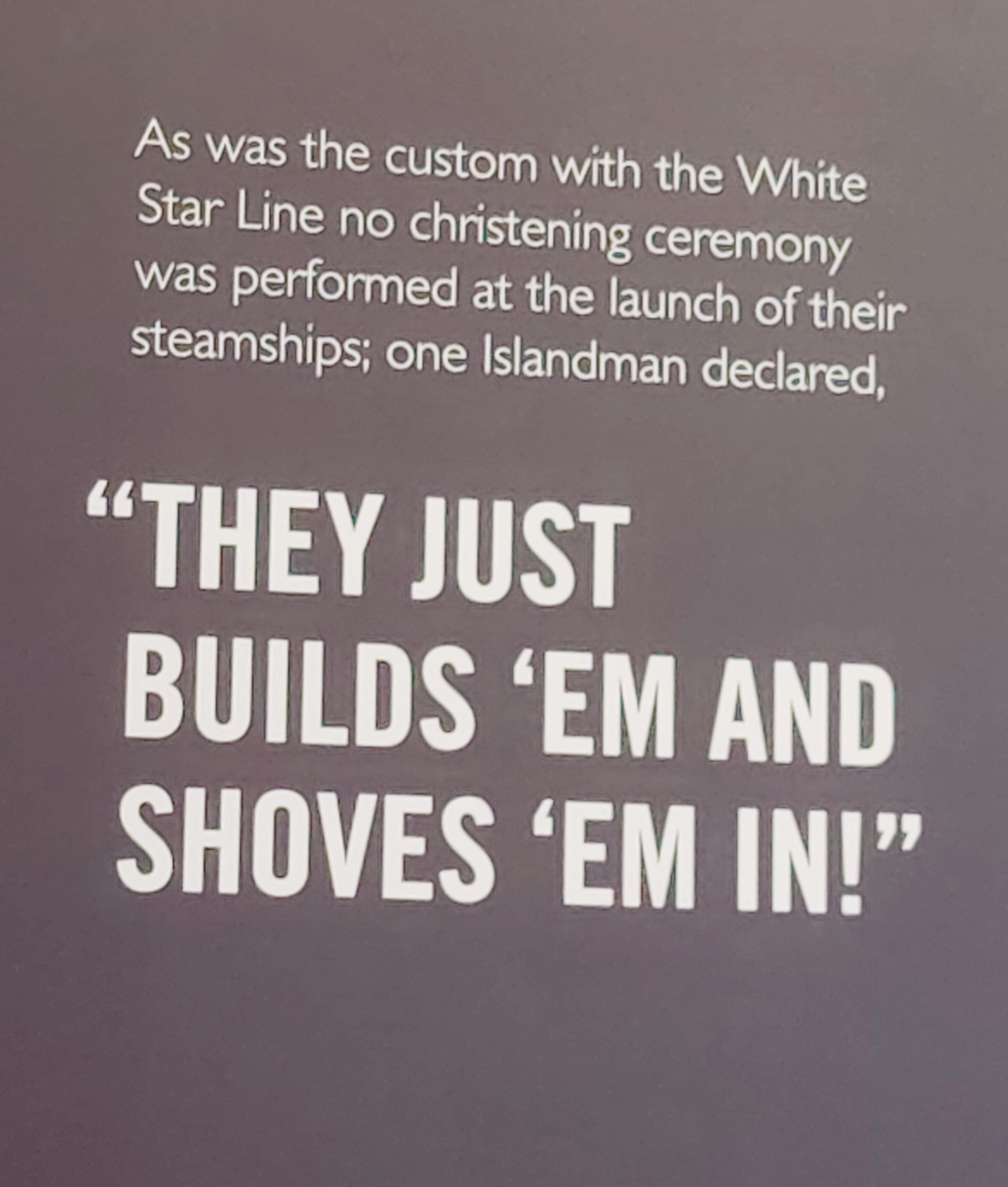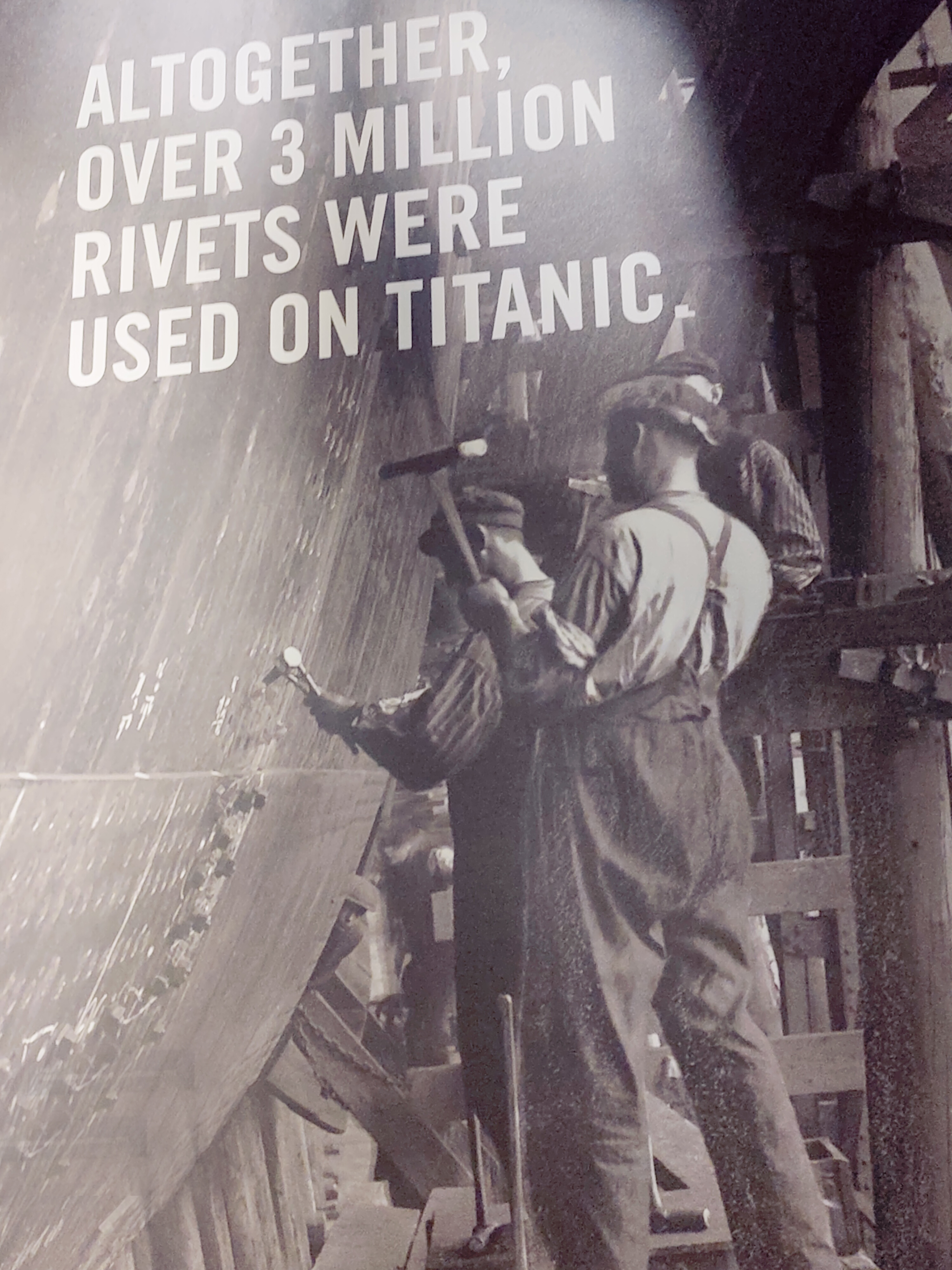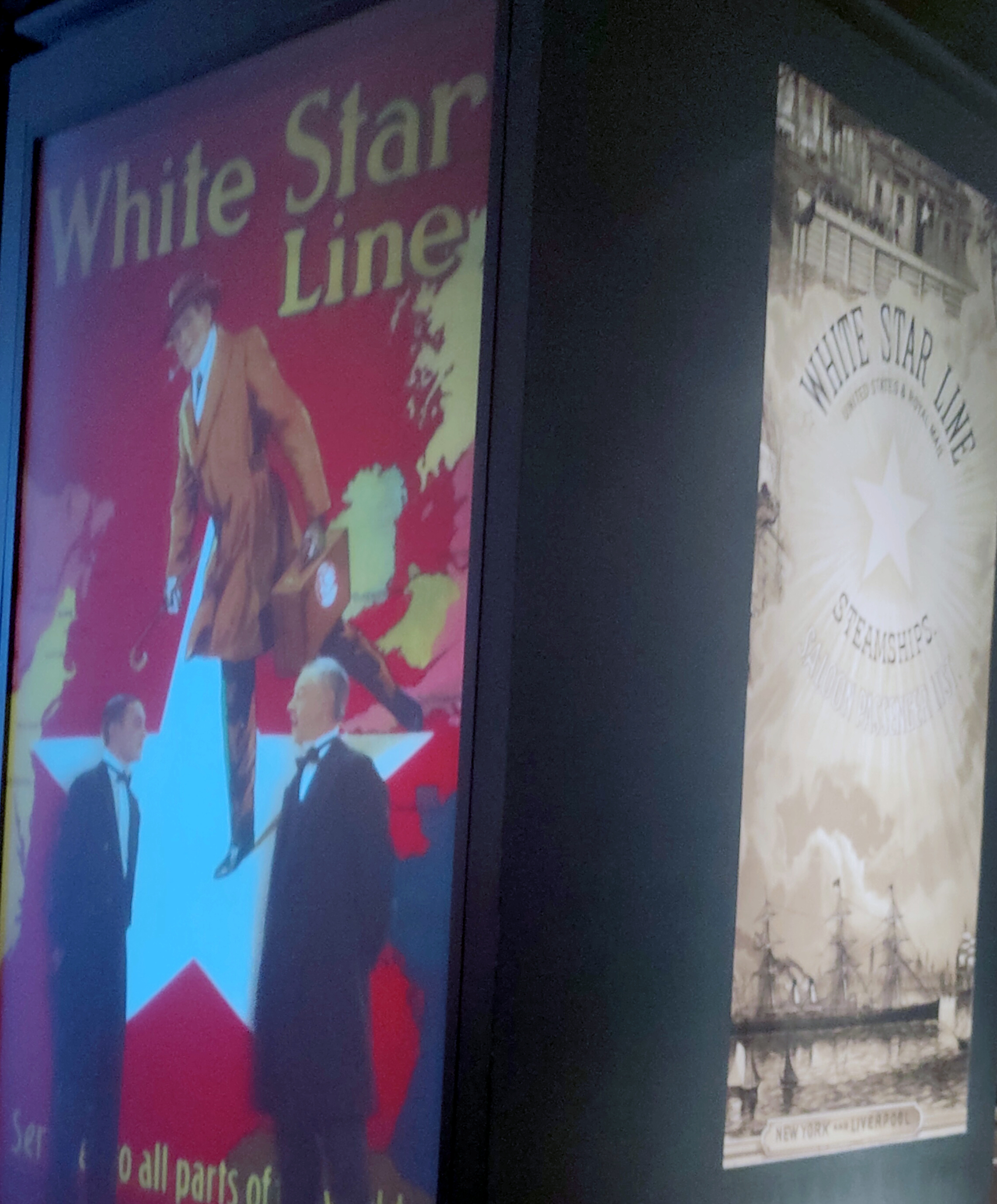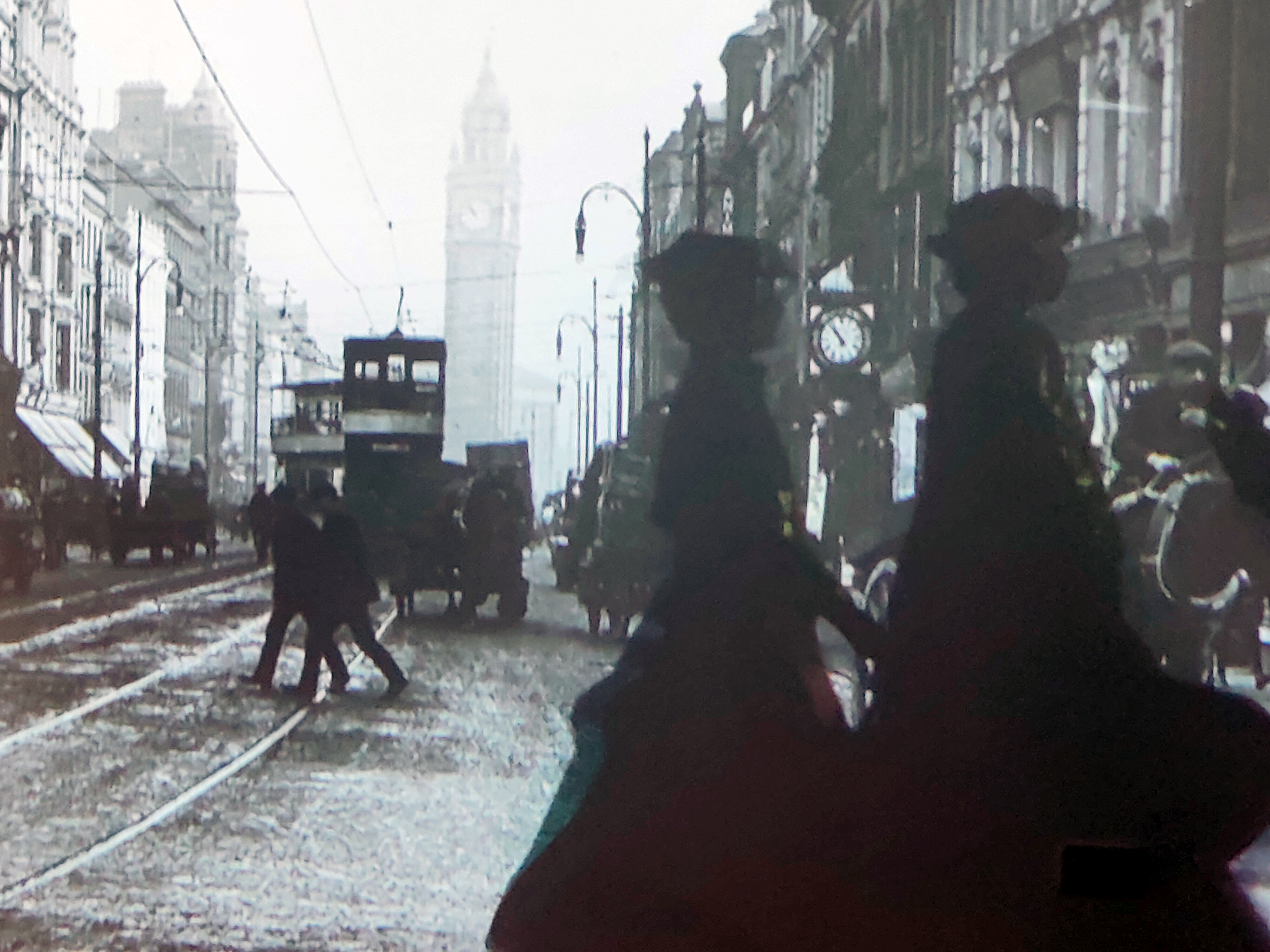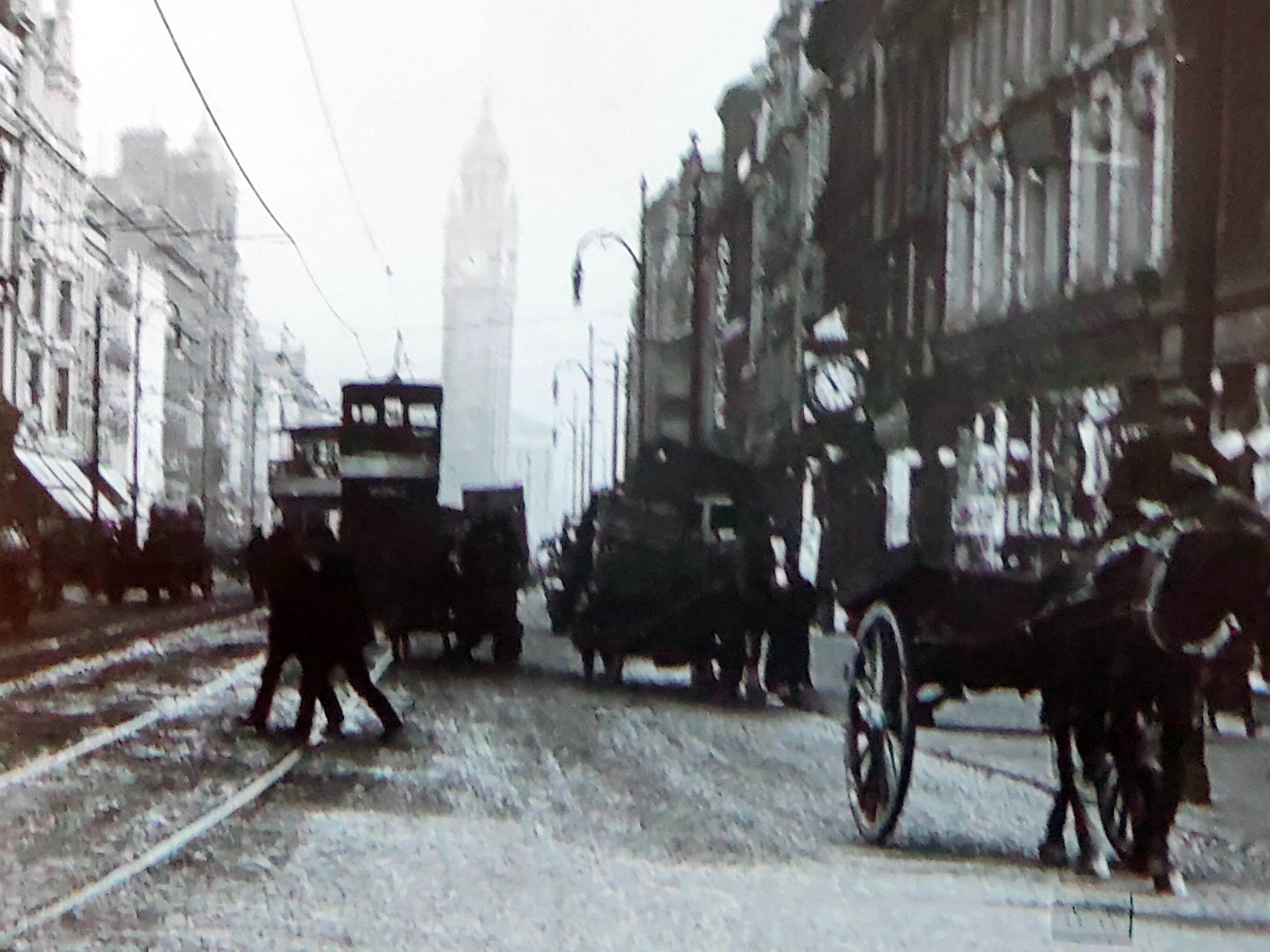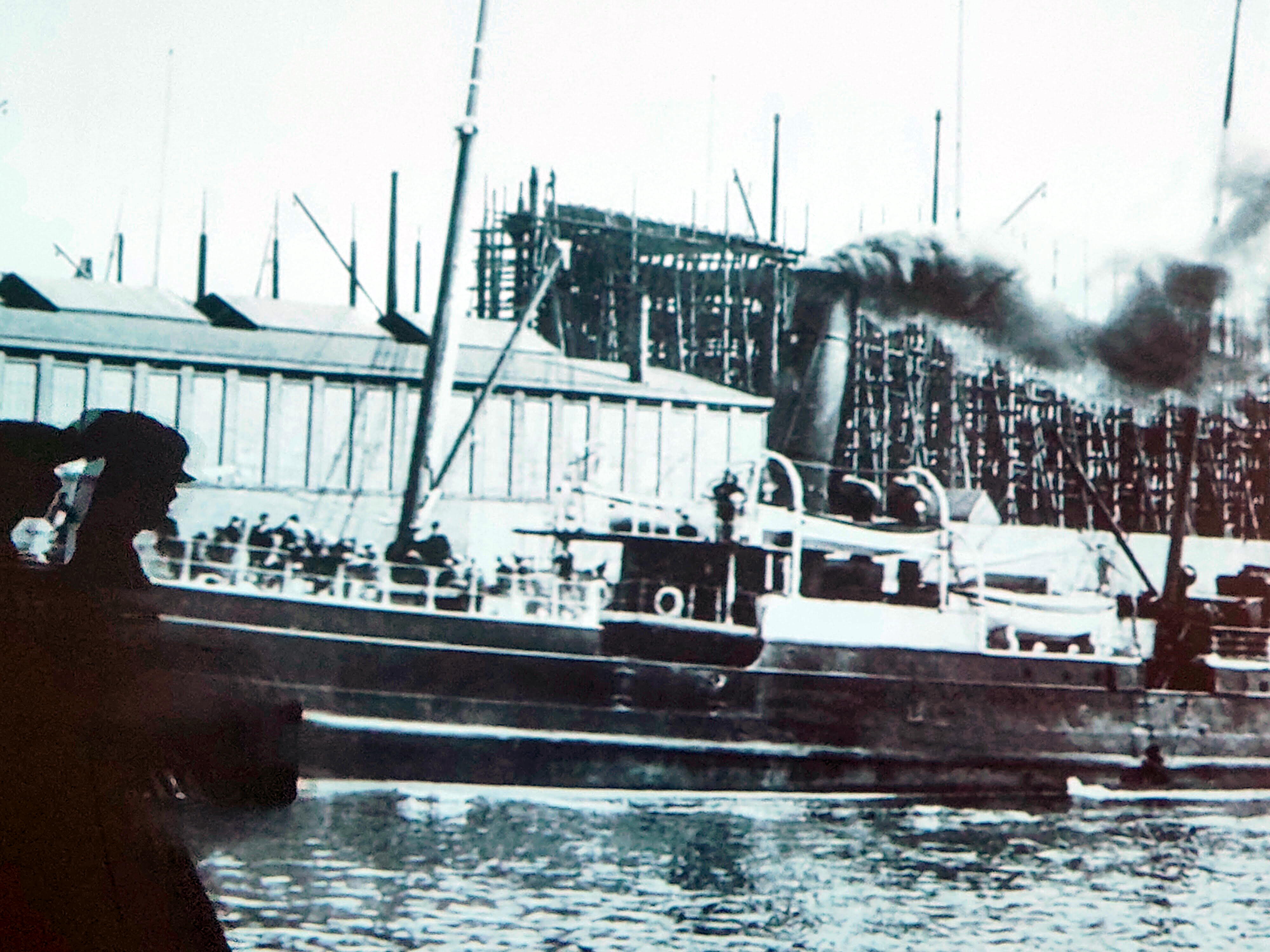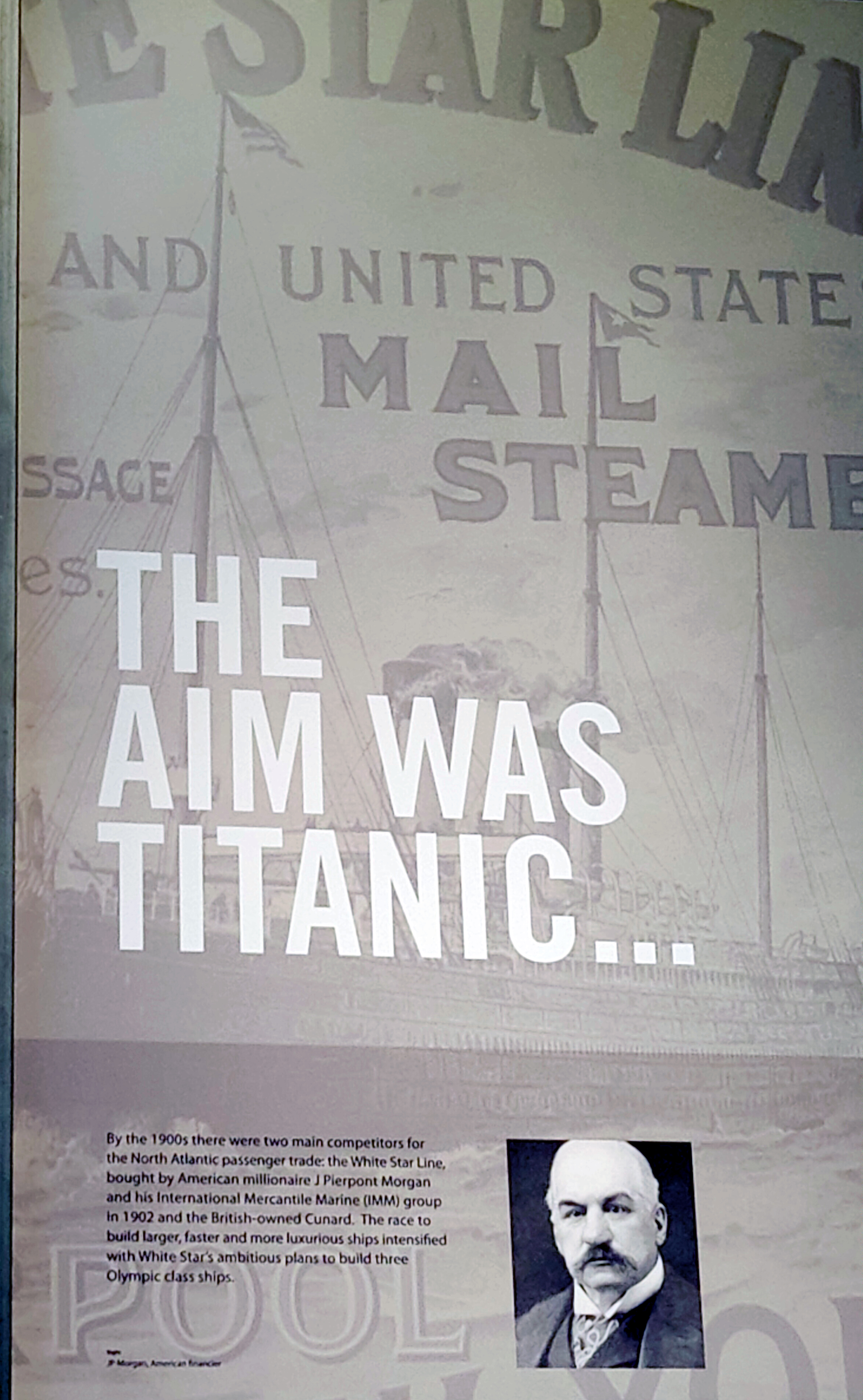Text and photos by Mary L. Peachin
May/June, 2022 Vol. 25, No. 8/9
Belfast, Northern Ireland, is the origin of the RMS Titanic. Opening in 2012, the Titanic Museum is an experience that should not be missed. The interactive tour is enthralling, dynamic, and unforgettable. . Similar to the disastrous ending of the luxury cruise liner, this museum addresses the reality of its demise.
In the early 1900s, Harland and Wolff shipyard in Northern Ireland’s capital was bustling as workers toiled to finish the highly anticipated RMS Titanic. Today’s hour to an hour and a half tour is a way to relive Belfast’s Golden Age of shipbuilding by touring interactive rooms of displays directly connected to the ill-fated cruise liner.
The shipyard was established in 1861 by Edward James Harland and Hamburg-born Gustav Wilhelm Wolff. The latter moved to the United Kingdom at the age of 14. In 1858, Harland, then general manager, bought the small Queen’s Island shipyard from his employer Robert Hickson.
After purchasing Hickson’s shipyard, Harland made his assistant Wolff a partner in the company. Wolff was the nephew of Gustav Schwabe. Heavily invested in the Bibby Line, the first three ships of the newly incorporated shipyard were built for Bibby. Harland made a success of the business through several innovations: replacing wooden upper decks with iron ones to increase the strength of the ship, and building hulls with a flatter bottom and squarer cross section. Both increased the ship’s capacity.
When Harland died in 1895, William James Pirrie became Chairman of the company until his death in 1924. Thomas Andrews became the general manager and head of the draughting department in 1907. It was during this period, between 1909 and 1914, that the company built the Olympic and the two other ships in her class, the Titanic and Britannic. They commissioned Sir William Arrol & Co. to construct a massive twin slipway and gantry structure for the project.
Harland & Wolff specialized in building tankers and cargo ships at Govan. In 1919, they purchased the nearby shipyard of A. & J. Inglis along with a stake in the company’s primary steel supplier, David Colville & Sons. They established shipyards at Bootle in Liverpool, North Woolwich in London and Southampton. In the early 1960s, the company decided to consolidate their operations in Belfast which resulted in closing the other shipyards.

